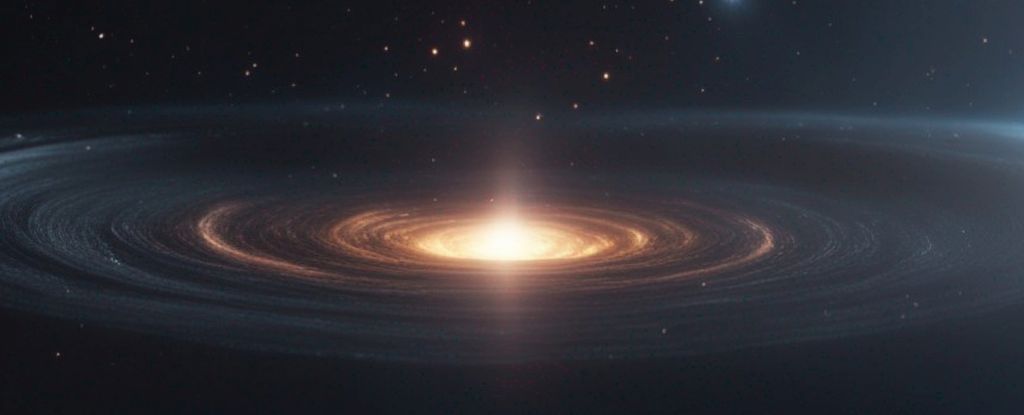
Recent research suggests that the Universe may be on a definitive timeline towards its end, with physicists estimating a lifespan of approximately 33.3 billion years. This theory, based on evolving dark energy findings, indicates that our Universe, which is currently 13.8 billion years old, has nearly 20 billion years remaining before it collapses under its own gravity. The study, led by physicists Hoang Nhan Luu from the Donostia International Physics Center in Spain, Yu-Cheng Qiu from Shanghai Jiao Tong University in China, and Henry Tye from Cornell University in the United States, proposes that the Universe will first continue to expand for another 11 billion years before reversing direction and ultimately culminating in a scenario known as the Big Crunch.
The traditional view held for the past two decades posited that the cosmological constant was positive, suggesting that the Universe would expand indefinitely. However, Tye notes that new data implies a shift towards a negative cosmological constant, which could lead to a contraction. This constant, originally introduced by Albert Einstein in his theory of general relativity, acts as a force influencing the Universe’s expansion. A positive value pushes the Universe outward, while a negative value exerts an inward pull.
Emerging observations indicate a possible evolution in dark energy, leading to a theoretical model where a small negative cosmological constant could explain the current expansion dynamics. The authors propose that combining this negative value with an ultralight axion field—a theoretical particle initially suggested decades ago—could account for the observed acceleration of the Universe’s expansion.
As the study describes, the axion effectively provides an outward push at the beginning, but this influence wanes over time. Currently, the axion continues to drive an acceleration as gravitational forces weaken due to the increasing distance between cosmic bodies. In about 11 billion years, however, the axion’s effect will diminish sufficiently for the negative cosmological constant to take precedence, halting the expansion at a maximum size of approximately 1.7 times its current size.
Following this phase, the Universe is predicted to undergo a contraction, accelerating towards the Big Crunch in about 8 billion years. This collapse is likened to riding a bicycle uphill; as the momentum from the tailwind lessens, the ascent slows until it finally reverses, leading to a rapid descent.
The Big Crunch, characterized by the convergence of all matter into a single, infinitely dense point, presents a stark contrast to the initial expansion of the Universe. While this hypothesis offers a potential conclusion to one of cosmology’s enduring questions, it remains speculative. The research emphasizes that further data is crucial to validate whether dark energy is indeed evolving and to fully understand its nature.
Tye reflects on the significance of understanding the Universe’s lifecycle, stating, “For any life, you want to know how life begins and how life ends – the endpoints.” He continues, “For our Universe, it’s also interesting to know, does it have a beginning? In the 1960s, we learned that it has a beginning. Then the next question is, ‘Does it have an end?’ For many years, many people thought it would just go on forever. It’s good to know that, if the data holds up, the Universe will have an end.”
The findings from this study have been published in the Journal of Cosmology and Astroparticle Physics, contributing to ongoing discussions regarding the ultimate fate of the cosmos. As scientists continue to explore the mysteries of dark energy, the implications of such research could reshape our understanding of the Universe and its eventual destiny.






